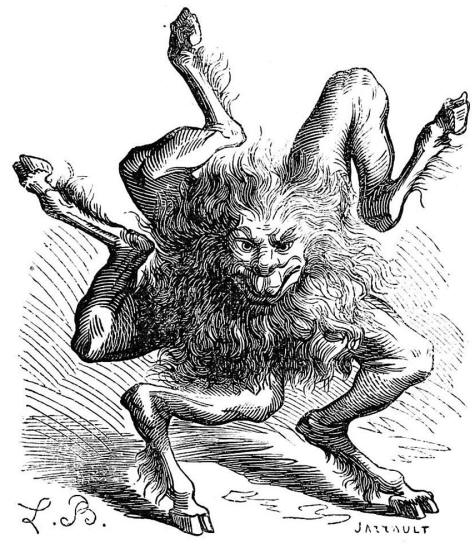|
AI generated image of a witch's wand and open grimoire with candlelight on a wooden table in a dark room. Source: I Am The Future/Adobe Stock
In some cases these books are intended to invoke
demons or angels. In other cases they promise to allow the reader
enhanced skills or good luck.
One of these books is the
Ars Notoria...
With such a book continuing in existence for several centuries, one must wonder whether its claims have some merit.
Shewing the Cabalistical Key of: Magical Operations, The liberal Science, Divine Revelation, and The Art of Memory. 1657. (Esoteric Archives)
A grimoire is,
The Lesser Key of Solomon is an anonymous grimoire that was compiled from other works in the 17th century, and focuses on demonology.
The five books contained within the Lesser Key of Solomon are,
The Ars Notoria is the oldest portion of the Lesser of the Keys grimoire.
It, in particular,
Among these intellectual gifts is the concept of a "perfect memory."
"Moral and Natural Philosophy", from Dictionnaire Infernal, a grimoire on demonology.
(Public Domain)
However, the texts contained within are a collection of orations, prayers, and magical words which date back to well before the 1200s.
The prayers are in several languages, including,
Those who practice liberal arts, such as arithmetic, geometry, and philosophy, are promised a mastery of their subject if they devote themselves to the Ars Notoria.
Within, it describes,
It has been claimed that Solomon gained his wisdom and academic powers by following the text of the Ars Notoria.
To those who wished to master an academic field, this can sound like a very tempting promise. Many who wished to have a better memory, greater eloquence, wisdom, or heightened senses may have followed the Ars Notoria in hopes of improving their life and gaining power by achieving a command of academics.
However, there have been instances of individuals following the instruction of the Ars Notoria and having undesirable results.
One interesting aspect of the Ars Notoria that has drawn much attention is an illustration of a "megnetick experiment."
It shows the reader a method in which to communicate across long distances using a lodestone and two compass needles.
which employs a lodestone and compass needles to purportedly communicate across distances. (Clark Library)
The use of the term Ars Notoria to describe learning and memorization tools lends some credibility to the idea that the book may have granted some users the academic powers they desired.
Or, perhaps, the name of the book was used to
describe these processes without any actual link between the book
and academic success.
It is possible that those who were dedicated to academic greatness were naturally born with the memory and eloquence tools needed to achieve it.
With many followers over the centuries, the Ars Notoria became known as,
|





